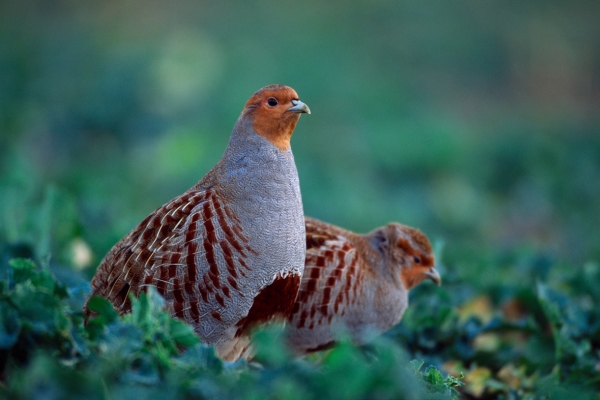
Species reintroduction in England
The new England Species Reintroduction Taskforce is interested in the translocations of species for conservation purposes, says BASC’s Ian Danby.
Get information on the legal shooting season for mammals and birds in the UK.
Apply for funding for your project or make a donation today
Comprehensive information and advice from our specialist firearms team.
Everything you need to know about shotgun, rifle and airgun ammunition.
Find our up-to-date information, advice and links to government resources.
Everything you need to know on firearms law and licensing.
All the latest news and advice on general licences and how they affect you.
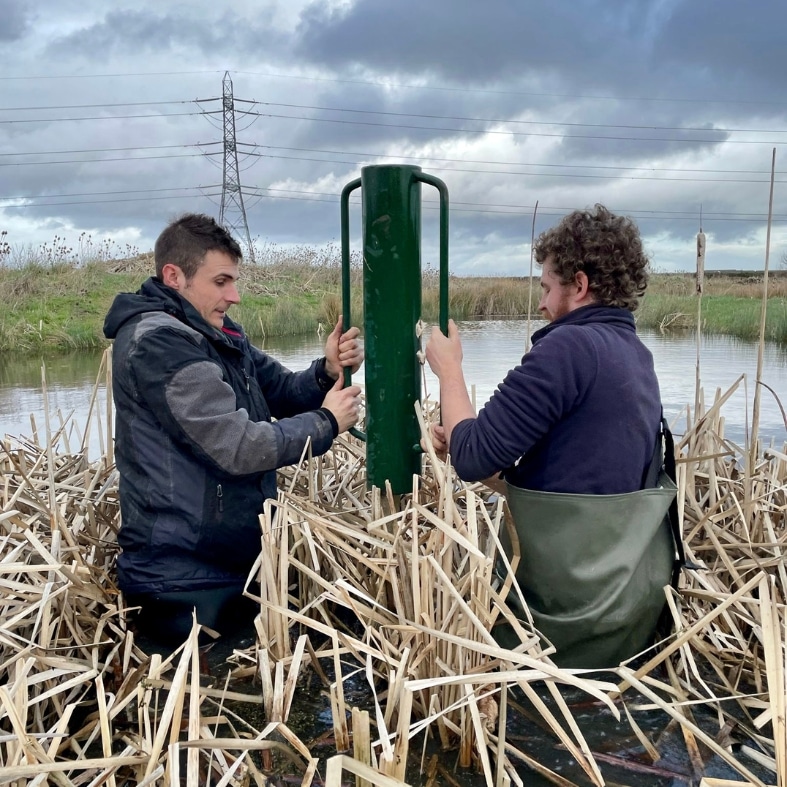

In a joint effort to combat the declining mallard population, the Bridgwater Bay Wildfowlers Association (BBWA), a BASC-affiliated wildfowling club, and the Wildfowl & Wetlands Trust (WWT) came together to install duck nest tubes on a local marsh.

European mallard numbers have been dropping since the 1980s, partly due to reduced breeding success. Predation, flooding and disturbance from humans, dogs and livestock have all been identified as contributing factors. To address this, a Europe-wide initiative is underway to create nesting platforms to provide safe havens for ducks to raise their young.
BBWA members dedicated a day to building and refurbishing more than 20 duck nest tubes, five of which were installed at the WWT reserve at Steart Marshes with the help of reserve warden Ronan Conn. They offer potential nesting birds a dry, warm, and protected environment. It is important that they are situated over water to reduce the risk of mammalian predation and in close proximity to natural food sources for the ducklings once they hatch.

WWT reserve manager Alys Laver expressed her delight: “This partnership demonstrates the power of collaboration in achieving positive outcomes. We’re excited to monitor these tubes; the citizen science information gleaned could play a crucial role in targeting future conservation efforts.”
BBWA chairman Jeremy Bell emphasised the club’s commitment to conservation: “Our members care deeply about the environment and the wildfowl that rely on it, not just for hunting purposes, but for the species’ overall wellbeing,” he said. “We now have duck nest tubes spread across the Somerset levels and moors, and alongside our habitat restoration initiatives and litter picks, they are a key part of our long-term conservation plans.”
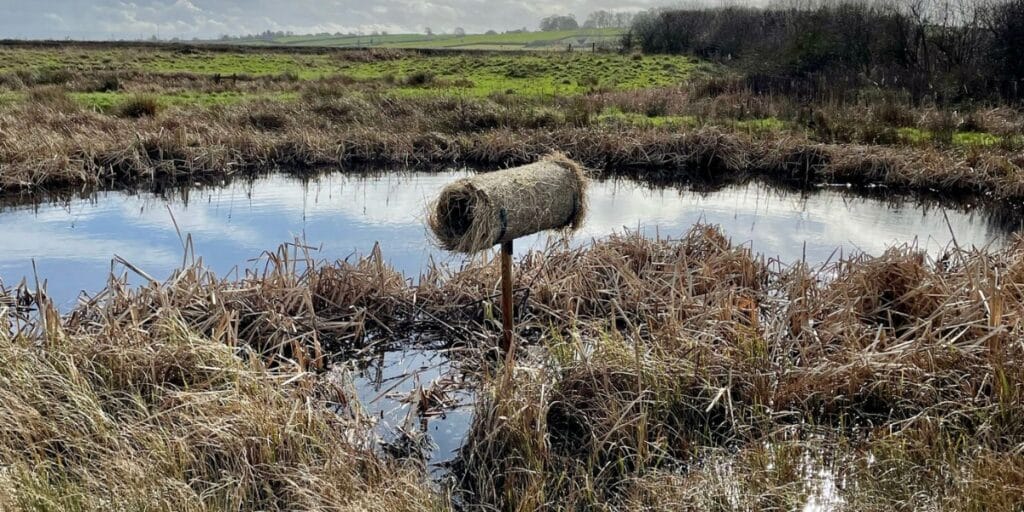
With sightings of mallard pairs among various other bird species, the outlook for the breeding season appears promising.
Both BBWA and WWT are looking forward to the upcoming breeding season; the question now is: will they get used in the first year? Our fingers are crossed!
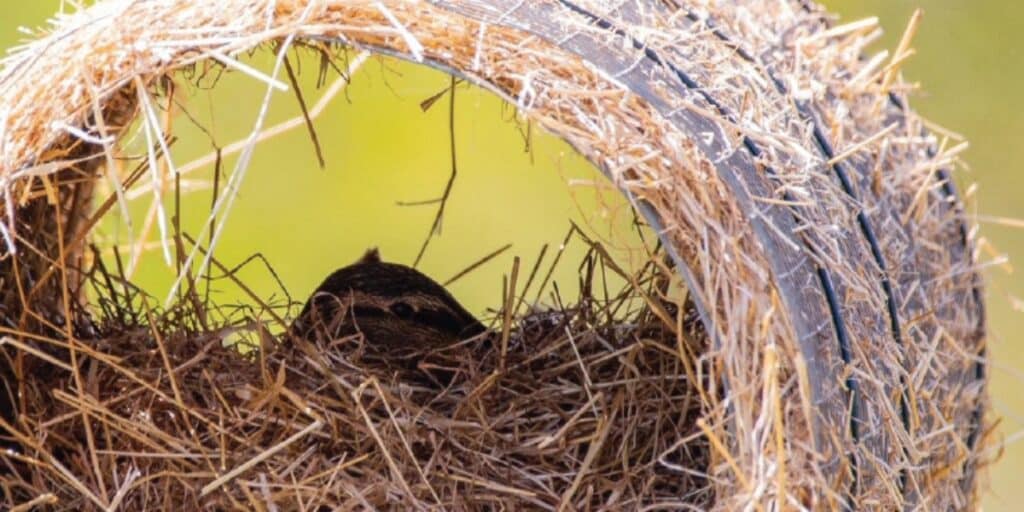
BASC is a member of The Waterfowlers’ Network, which launched the duck nest monitoring project in 2021. It is a citizen science project aiming to support wild mallard populations by installing raised duck nest tubes. These have shown success in increasing mallard breeding success and the survival of eggs and ducklings.
The project needs more involvement from people with access to suitable mallard breeding habitats. You can find out how to get involved, here. You will also find advice on how to make and install duck nest tubes.
You can also read more about The Waterfowlers’ Network and how to get involved in monitoring and data sharing on their website.
If you already have duck nest tubes installed or would like to find out how to share the data you have recorded, please click here.
If you are a game syndicate or a wildfowling club, you and your members could benefit from a group BASC membership. Please click here to find out what’s included in the clubs and syndicates membership.


The new England Species Reintroduction Taskforce is interested in the translocations of species for conservation purposes, says BASC’s Ian Danby.
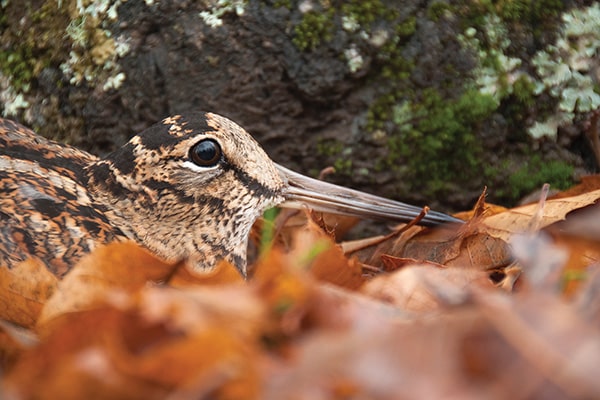
The passion for woodcock runs deep in the shooting community. So many do so much to support the iconic wader – but what are the key boxes we must tick to give the species a helping hand? Kiri Thompson takes a closer look.
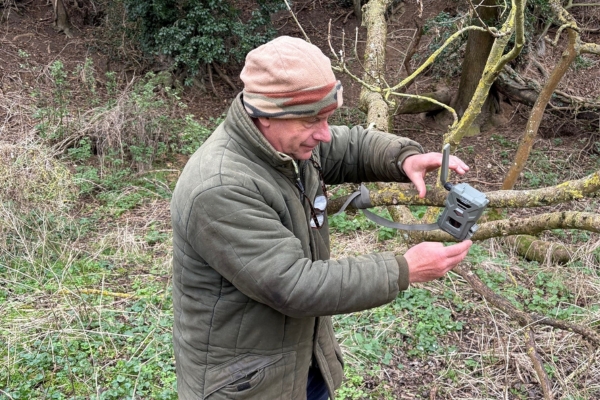
We are thrilled to announce Mr Gooch from Ipswich as the very first winner of the duck nest monitoring project prize draw. Mr Gooch was very pleased to receive his duck nest monitoring project prize, a SpyPoint Flex E-36 trail camera, which he has already put to good use capturing local wildlife. Trail cameras are
Sign up to our weekly newsletter and get all the latest updates straight to your inbox.
© 2025 British Association for Shooting and Conservation. Registered Office: Marford Mill, Rossett, Wrexham, LL12 0HL – Registered Society No: 28488R. BASC is a trading name of the British Association for Shooting and Conservation Limited which is authorised and regulated by the Financial Conduct Authority (FCA) under firm reference number 311937.
BASC Direct Ltd is an Introducer Appointed Representative of Agria Pet Insurance Ltd who administer the insurance and is authorised and regulated by the Financial Conduct Authority, Financial Services Register Number 496160. Agria Pet Insurance is registered and incorporated in England and Wales with registered number 04258783. Registered office: First Floor, Blue Leanie, Walton Street, Aylesbury, Buckinghamshire, HP21 7QW. Agria insurance policies are underwritten by Agria Försäkring.
If you have any questions or complaints about your BASC membership insurance cover, please email us. More information about resolving complaints can be found on the FCA website or on the EU ODR platform.